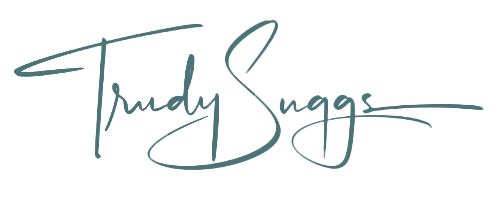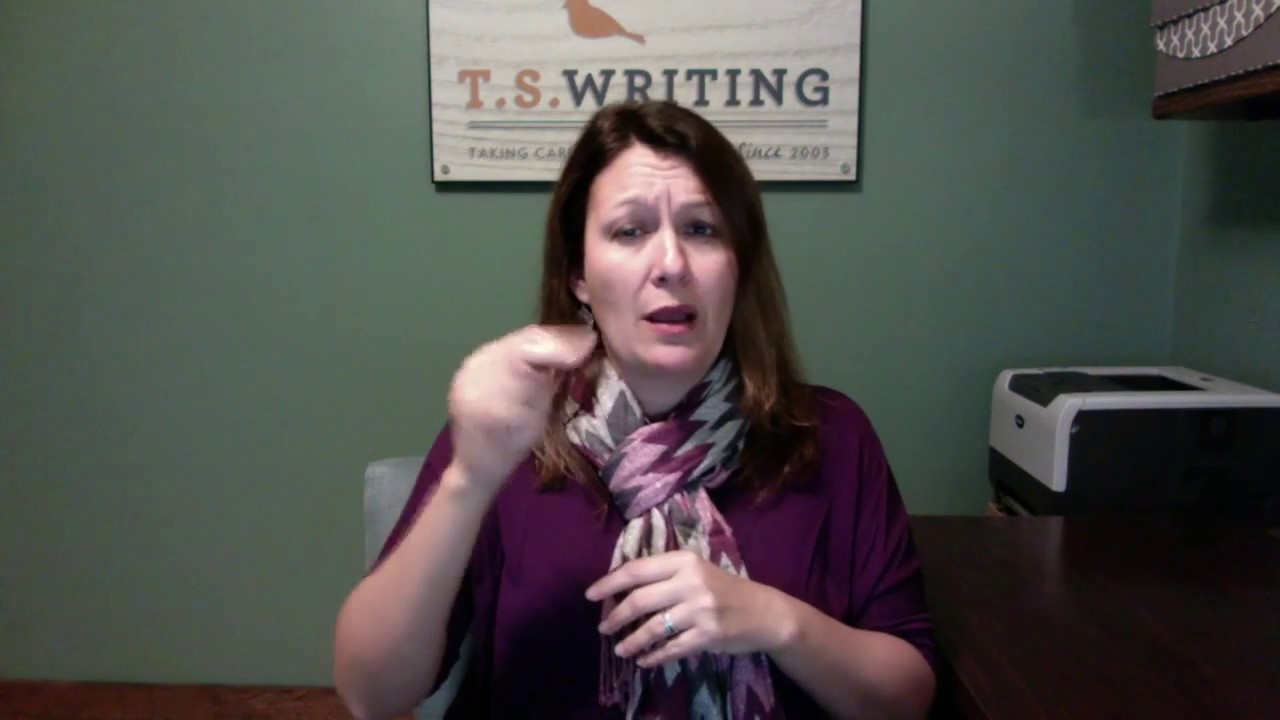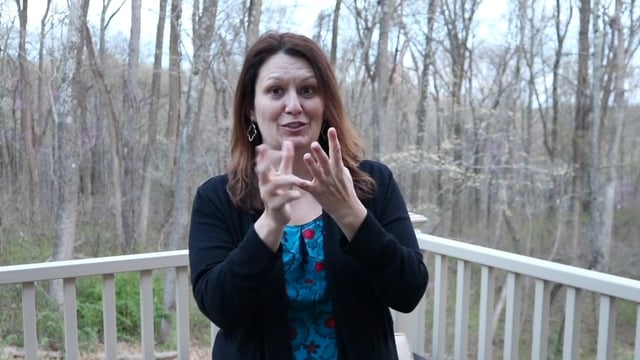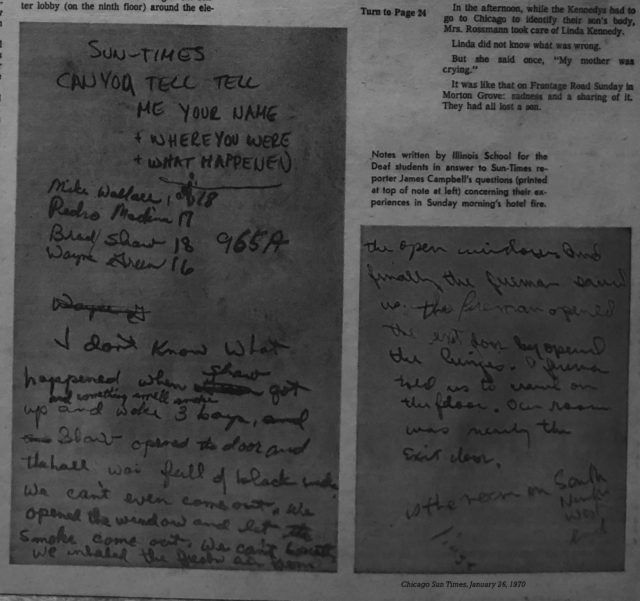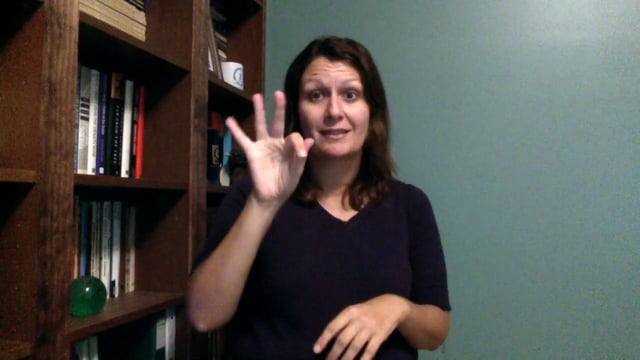Originally appeared in Silent News, November 2000.
Nowadays, AIDS and HIV are such household words, thanks in part to the generous publicity the disease has gotten in the past few years. We all hear about AIDS and HIV on a daily basis, but barely give it a second thought unless it has affected our lives directly.
Well, think about this. It is estimated that 7,000 to 26,000 deaf people in the U.S. are infected with HIV, according to the Center for AIDS Prevention Studies. This number may be much higher, but there is very little documentation. The center points out that Maryland was the first state to include questions about deafness in its HIV counseling and testing forms—and because of this first, officials have documented that 4.3% of the Maryland deaf population is infected with HIV.
Even though many deaf people may be aware of what HIV and AIDS are, many are not educated on preventive methods. Or worse yet, many do not practice preventive methods even after being educated. And then there are those who have mistaken ideas and misconceptions of what HIV and AIDS involve or what to do if one contracts HIV/AIDS.
Chad Ludwig, Senior Supervisor for the TTY Service at the Centers for Disease Control and Prevention’s National STD/AIDS Hotlines, says, “We get an average of 12 productive calls that come in from anywhere in the United States, including the U.S. Virgin Islands and Puerto Rico.”
Add that up and that’s an awful lot of calls.
Just what is the hotline? How does it get funded? Has it grown? Who is behind these calls?
People who are trained in American Sign Langauge (ASL) and are culturally sensitive to the deaf and hard of hearing community staff the STD/AIDS TTY Hotline.
“In December 1986, the American Social Health Association was awarded the contract for the National AIDS Hotline by the US Centers for Disease Control. Located briefly in Palo Alto, Calif., NAH moved its operation to New York City in February of 1987. In October of the same year, additional facilities were opened in Research Triangle Park, N.C. Then in August 1988, the National AIDS Hotline expanded to include services for Spanish-speaking individuals and TTY users,” said Ludwig.
According to a 1999 profile of callers to the TTY line, 62.5% of the 577 calls in 1999 were from ASL users. 60% of the calls were from female callers.
Ludwig came to the Hotline in August 1997 after earning a bachelor’s degree in social work from the National Technical Institute of the Deaf at Rochester Institute of Technology in New York. He did an internship at AIDS Rochester prior to working at the Hotline. Ludwig said, “I am pleased to report that the call volume has had a steady increase since I came onboard. We received 421 calls in 1997; 550 in 1998, 577 in 1999, and we will know the final number for this year by January 2001.”
The Hotlines are funded by the Centers for Disease Control, and they are bidding for another five-year grant. If they get this grant, it will be their fourth successive time.
Even with the increases and monetary support, the hotlines still strive to serve the most important population: the population that is not educated about the dangers of HIV/AIDS or the preventive steps. Add the fact that many of the callers’ first language is ASL—and it becomes that much more complex.
Even with the staff being trained in cultural sensitivity and language-appropriate skills, there’s still that sliver of the deaf community who cannot communicate effectively via TTY. It is for this very reason that the CDC is taking steps to provide ASL access. “Currently, the [Hotlines] TTY Service is collaborating with the CDC National Immunization Information Hotline to launch their own video in ASL responding to the most frequently asked questions about immunization. It is projected to launch by December,” Ludwig added. The CDC already has a video available that answers frequently asked questions about AIDS.
The hotlines promise to keep all calls strictly confidential. This is an essential factor for many TTY callers, who are worried about their identities being found out—especially in the close-knit deaf and hard of hearing community.
People may visit the hotlines’ website at www.ashastd.org/nah/tty.html, or call 1-800-AIDS-TTY (1-800-243-7889). Spanish Deaf callers may call the same line and use Spanish to communicate with live TTY operators. TTY operators are available from 10 a.m. to 10 p.m. Eastern Time.
Copyrighted material. This article can not be copied, reproduced, or redistributed without the written consent of the author.
